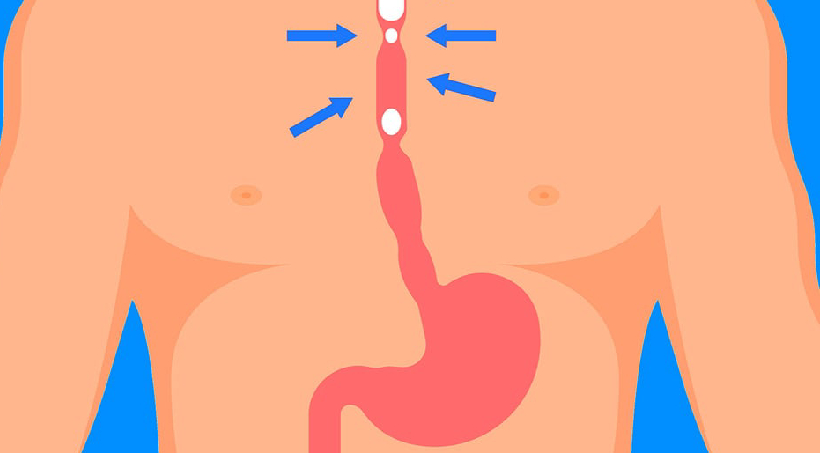- AK Superspeciality Clinic, Unit-208, Kul Scapes, Opposite to Reliance Mart, Tukaram Nagar, Kharadi
- +91 90960 45072

Definition: Endoscopic dilatation is a procedure used to widen a narrowed area (stricture) in the digestive tract. The procedure involves inserting a balloon or other dilating instrument through an endoscope to stretch the stricture and improve the passage of food and liquids.
Causes: Strictures can develop due to:
- Chronic Acid Reflux (GERD): Leading to esophageal strictures.
- Scarring from Surgery or Radiation: In the GI tract.
- Inflammatory Conditions: Such as Crohn’s disease or ulcerative colitis.
- Swallowing Caustic Substances: Leading to scarring and narrowing of the esophagus.
- Tumors: That obstruct the GI tract.
Symptoms: Symptoms of a stricture include:
- Difficulty swallowing (dysphagia).
- Pain when swallowing.
- Regurgitation of food.
- Weight loss.
- Nausea or vomiting.
Diagnosing:
- Endoscopy: Visualizing the stricture directly with an endoscope.
- Imaging Tests: Barium swallow, CT scan, or MRI to assess the extent and location of the stricture.
- Biopsy: To rule out malignancy if the stricture is suspicious.
Treatment Options:
- Balloon Dilatation: A balloon is inflated at the site of the stricture to widen it.
- Bougie Dilatation: A series of increasingly larger tubes (bougies) are passed through the stricture to stretch it.
- Stent Placement: A stent may be placed to keep the stricture open, especially in cases where it tends to recur.
- Surgical Intervention: In severe cases, surgery may be necessary to remove the stricture.
Prevention Tips:
- Treat Underlying Conditions: Effective management of GERD, Crohn’s disease, and other causes of strictures.
- Avoid Caustic Substances: Taking care to avoid ingesting harmful chemicals or substances.
- Regular Monitoring: For patients with known conditions that may cause strictures.
Conclusion: Endoscopic dilatation is an effective, minimally invasive procedure for relieving symptoms caused by strictures in the GI tract. With appropriate treatment and regular follow-up, patients can experience significant relief and improved quality of life.

